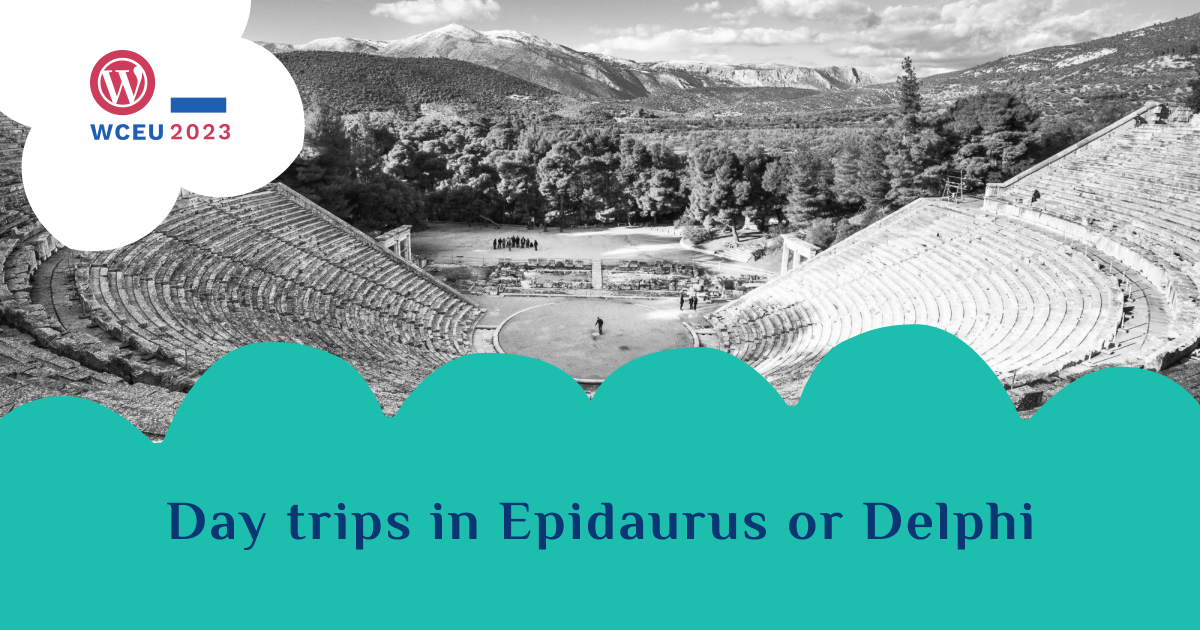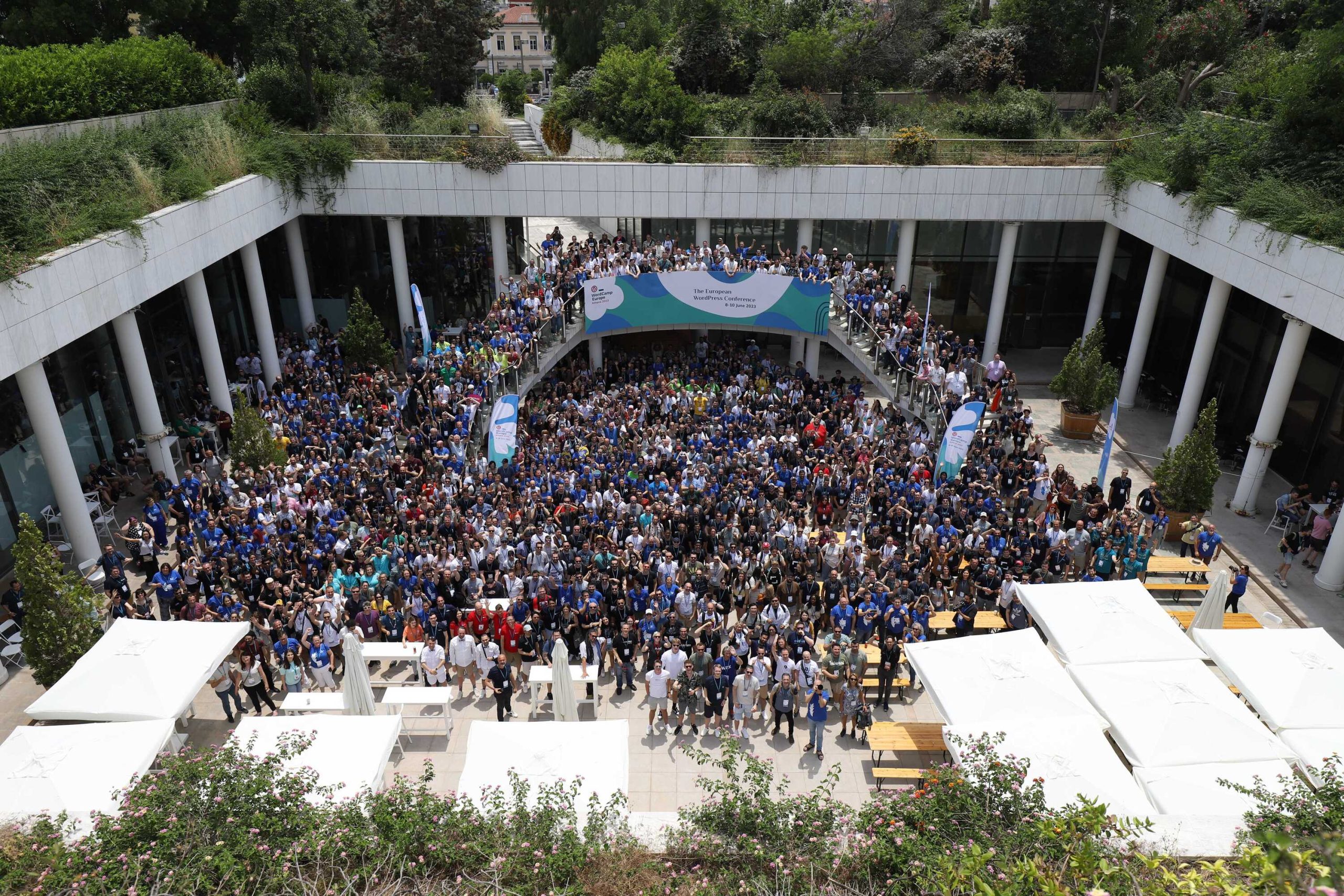For all adventure seekers and those who enjoy road trips and history, we have a suggestion for you.
Plan a day trip to the Ancient Theatre of Epidauros or The Oracle of Delphi.
Both landmarks have an incredible story to tell, and we guarantee you that they will leave you in awe.
Can you choose between them?
The Ancient Theatre of Epidaurus

The ancient theatre of Epidaurus is located on the east coast of the Peloponnese peninsula in Greece (Google Map). Epidaurus is only two hours drive from Athens! The theatre is a must-see cause it was built in the 4th century BC and is one of the best-preserved ancient Greek theatres.
It is a UNESCO World Heritage site and can seat up to 15,000 people. The theatre was dedicated to Asclepius, the god of medicine, and was used for religious ceremonies and theatrical performances. The area was a healing ground for spiritual and physical tranquillity.
The theatre’s acoustics are what makes this sacred place a modern miracle. They are said to be so perfect that a coin dropped at the centre of the stage can be heard from the top row of the theatre.
It was designed by the architect Polykleitos from Argos, whose design is considered a masterpiece even 2500 years after. Initially, it was thought that it was due to the location of Epidaurus (a small valley between heels) that they managed to have such an acoustic.
Modern research from the European Acoustic Association and the Journal of the Acoustical Society of America have both verified that this is due to the excellent engineering skills of Polykleitos and the material that the seats are built.
Every year, during summer, various events are hosted in Epidauros, such as theatrical plays, concerts and art events under the Athens-Epidaurus Festival.
The theatre is surrounded by beautiful scenery, and visitors can take a walk in the nearby forests, hills, and mountains. The site also has a museum that houses artefacts related to the history of the theatre.
The Oracle of Delphi

Delphi was the most important oracle in ancient Greece. It was located on the slopes of Mount Parnassus (about 180km from Athens, Google Map) and was considered the centre of the world by the ancient Greeks since there was an Omphalos (or navel of Gaea) that marks the spot. According to mythology, it is where the two eagles sent out by Zeus from the ends of the universe to find the navel of the world met.
The Oracle was believed to be the voice of Apollo, the god of music, poetry, and prophecy. At first, it was called Pythia from the name of the priestess that was living there. A shrine of Pythia existed for several centuries but, by the end of 7BCE, changed to Delphi.
People from all over Greece would travel to Delphi to seek advice from the Oracle. The Oracle was a woman over 50 that sat in the cave all year round except the three winter months. Priests and priestesses prepared the visitors through rituals in order to be purified before they asked their questions to the Oracle.
The Oracle would answer visitors’ questions in riddles. Since she was a direct channel to Apollo, she answered in nonsensical sentences. It was the priests and priestesses that interpreted what she meant, keeping in mind that the Delphic Oracle shouldn’t cause the ruin of Greek society.
However, the Oracle of Delphi issued prophecies for 1000 years and became essential to deciding the most critical matters in Greece during that time.
Delphi is a large archaeological zone, so make sure that you will have enough time to see The Temple of Apollo, the Theatre, the Treasuries, the Stoa of Athenians, the Stadium and the Gymnasium and the Tholos. Last but not least, make sure that you spend some time at the Delphi Archaeological Museum.




